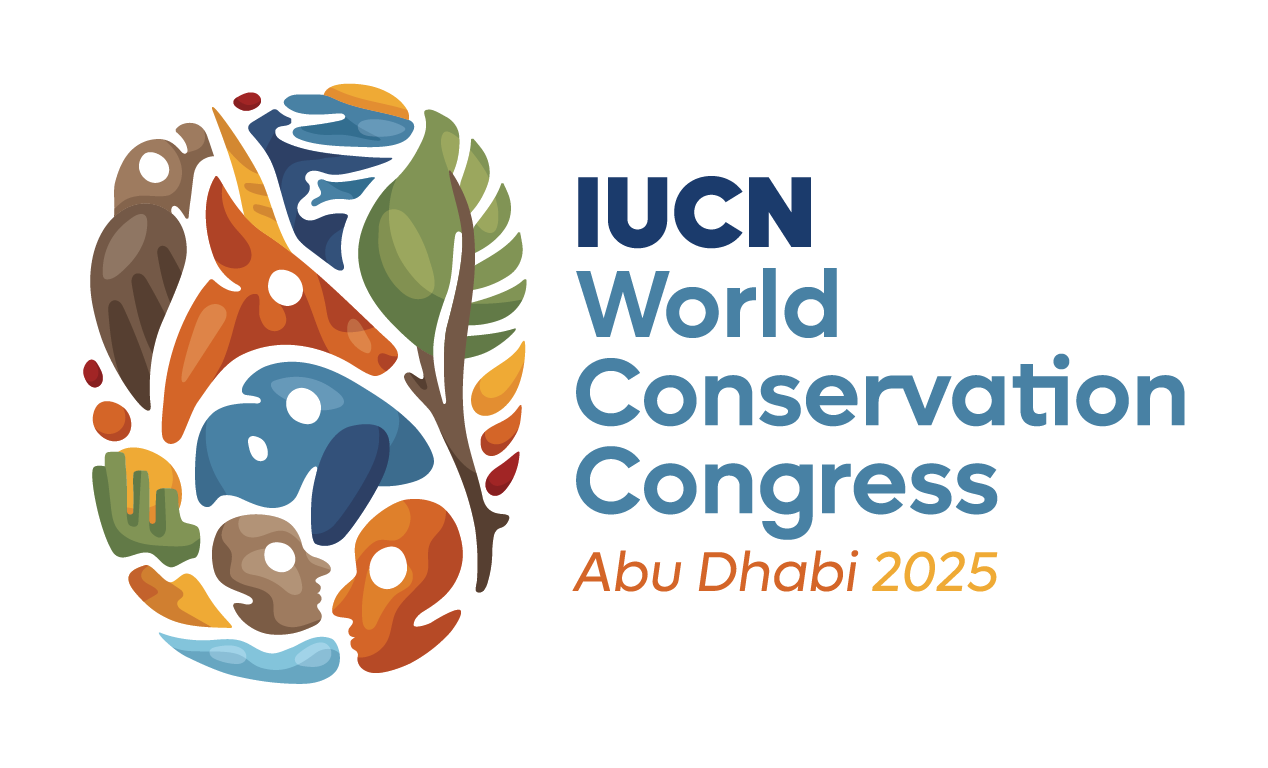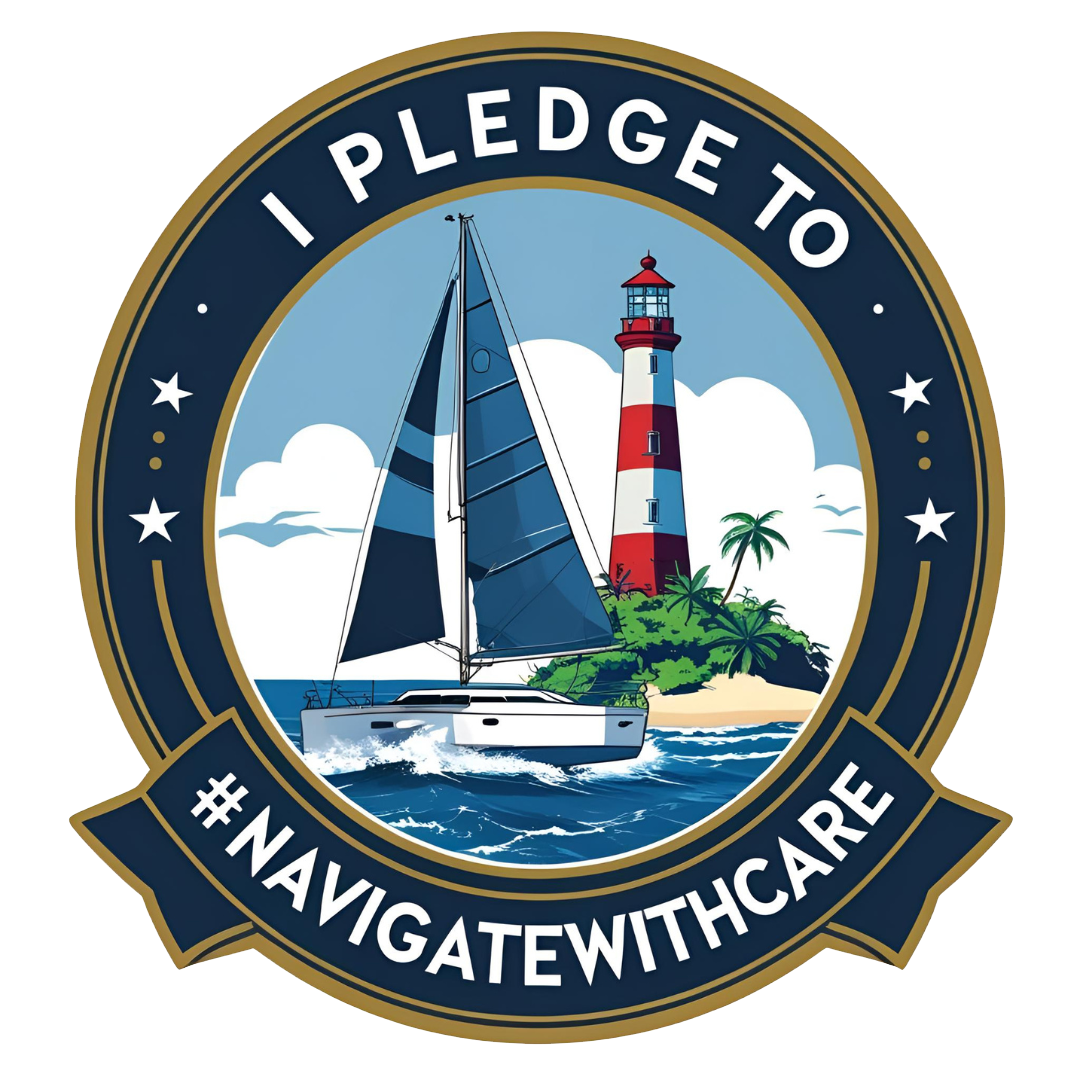Lately, you have been hearing from our partners at the University of Miami (UM) about their experiences processing and picking tiny foraminifera from sand samples that we collected on the Global Reef Expedition (GRE). As our colleagues continue to process the large quantity (2,500) of sand samples, we are creating an educator’s guide called “Little Creatures with a Big Message.”
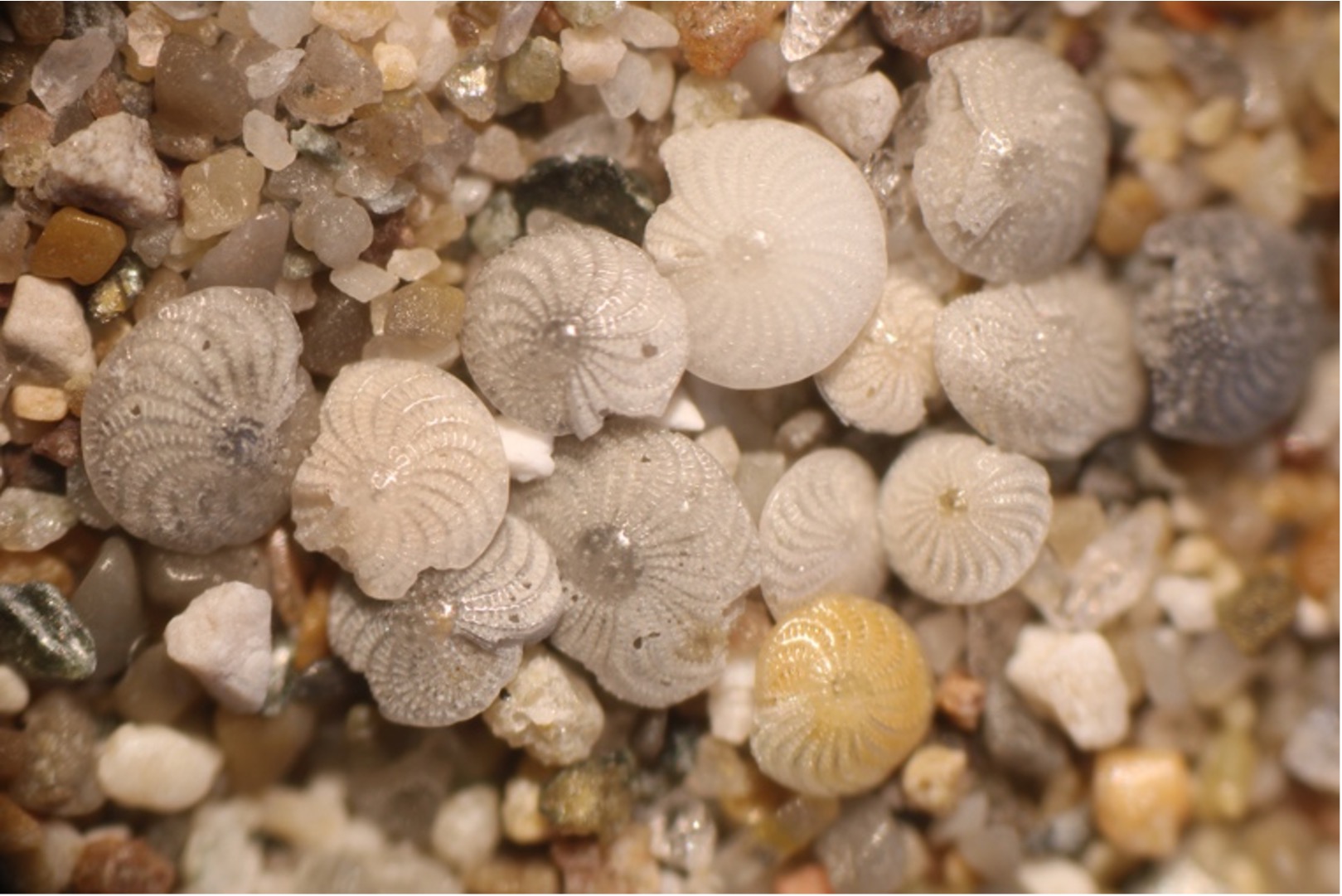
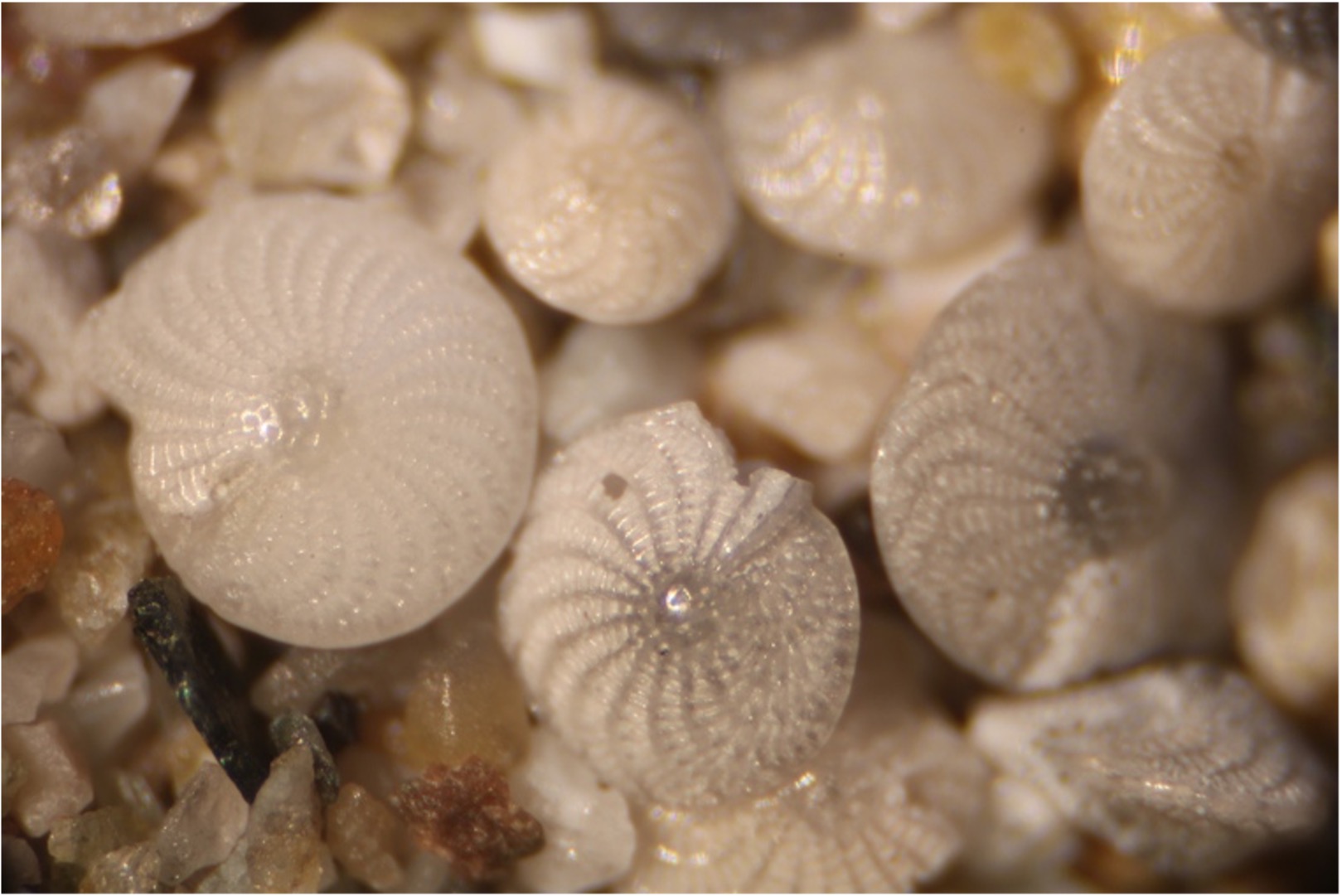
Attribution: By Holger Krisp [CC BY 4.0 (https://creativecommons.org/licenses/by/4.0)], 3 September 2021 via Wikimedia Commons.
Together, the University of Miami and the Khaled bin Sultan Living Oceans Foundation received a three-year grant from the National Science Foundation (NSF) to utilize microscopic organisms, called foraminifera (‘forams’ for short), to assess the state of coral reefs over the past 1,000 years, and potentially create new metrics that can be used to assess reef health.
NSF recognizes that a critical component to any research project is how it can benefit society. This is what NSF defines as the “Broader Impacts.” As a part of this grant, we will deliver on the broader impacts portion of the grant to educate and communicate this science to others. One of the ways we will do this is by creating curriculum that improves STEM (science, technology, engineering, and math) education and increases participation of minorities in STEM.
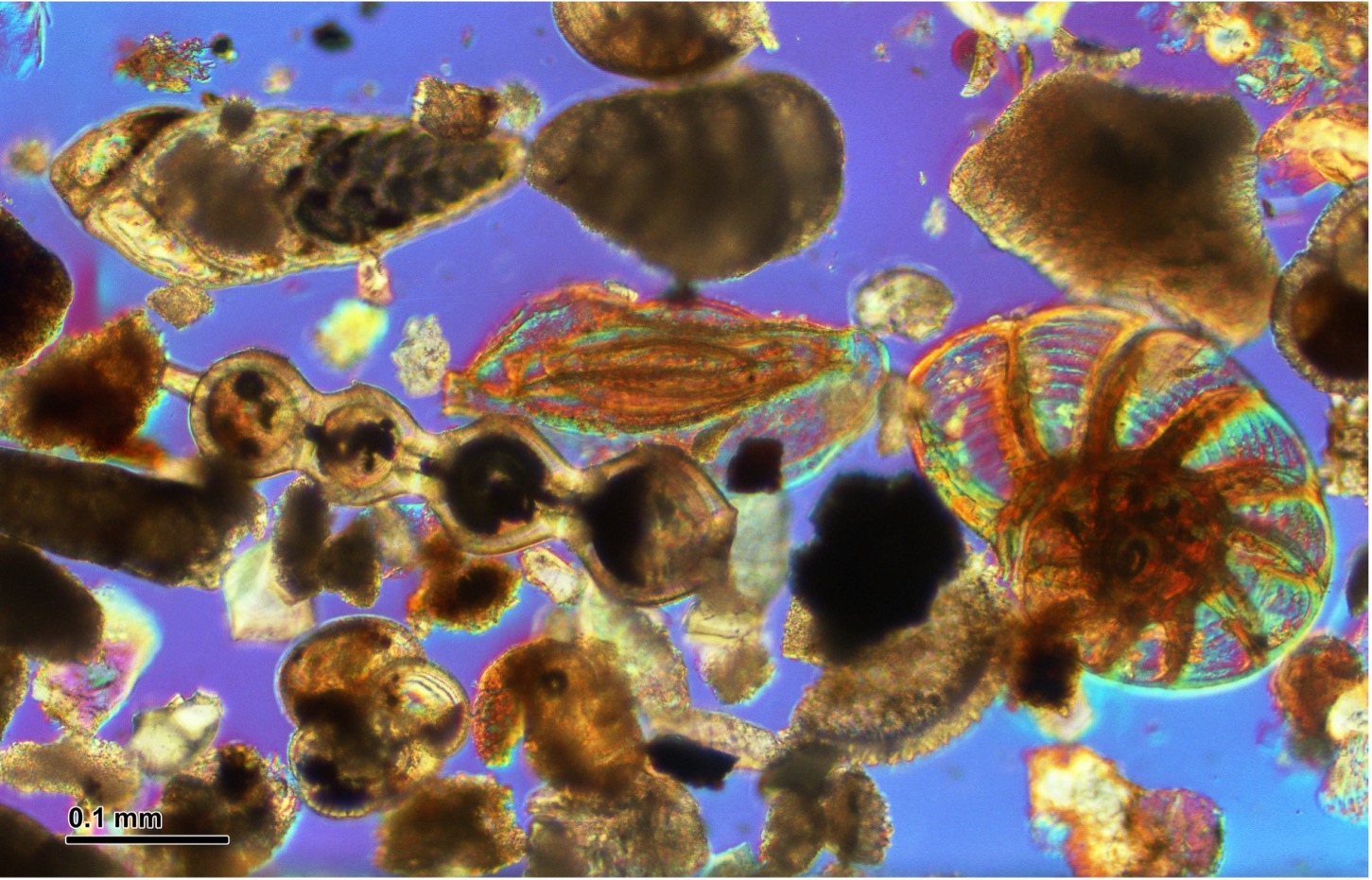
Attribution: By Doc. RNDr. Josef Reischig, CSc. [CC BY-SA 3.0 (https://creativecommons.org/licenses/by-sa/3.0)], 11 March 2014 via Wikimedia Commons.
We are really excited to teach people about these magnificent microscopic creatures that leave behind important clues that can help us conserve coral reefs. To educate youth and teachers about forams and the research being conducted, we will develop an educator’s guide that includes a series of activities and lesson plans. Forams are not included in most middle and high school curricula, so to help students learn about these important organisms, their role in conservation, and the research being conducted at UM, we are creating an ArcGIS StoryMap to guide them through the research and teach them about forams. This interactive, multi-media learning journey will engage students in a meaningful way as they discover more about these topic areas. To reinforce information learned in the StoryMap, students will answer questions and conduct activities.
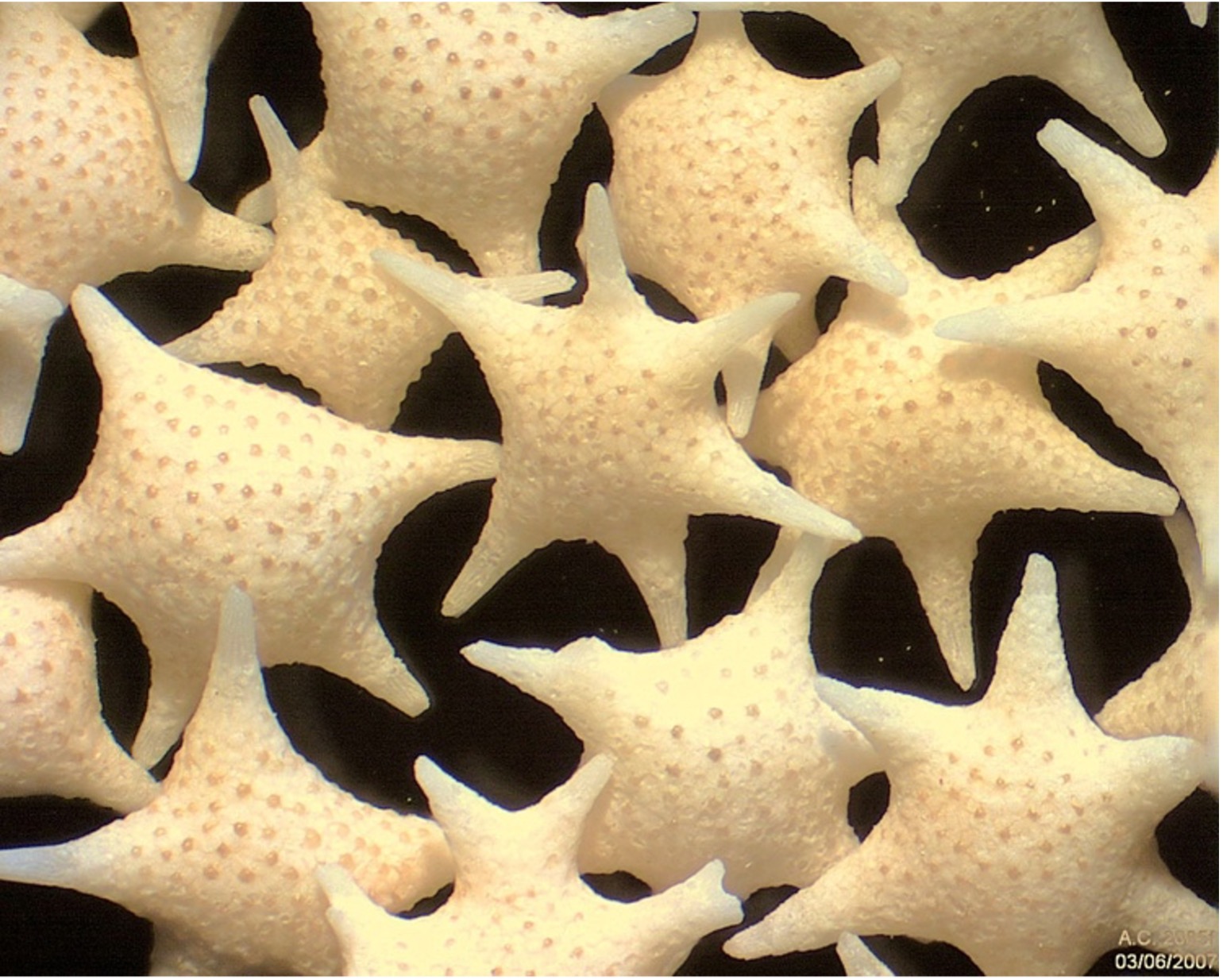
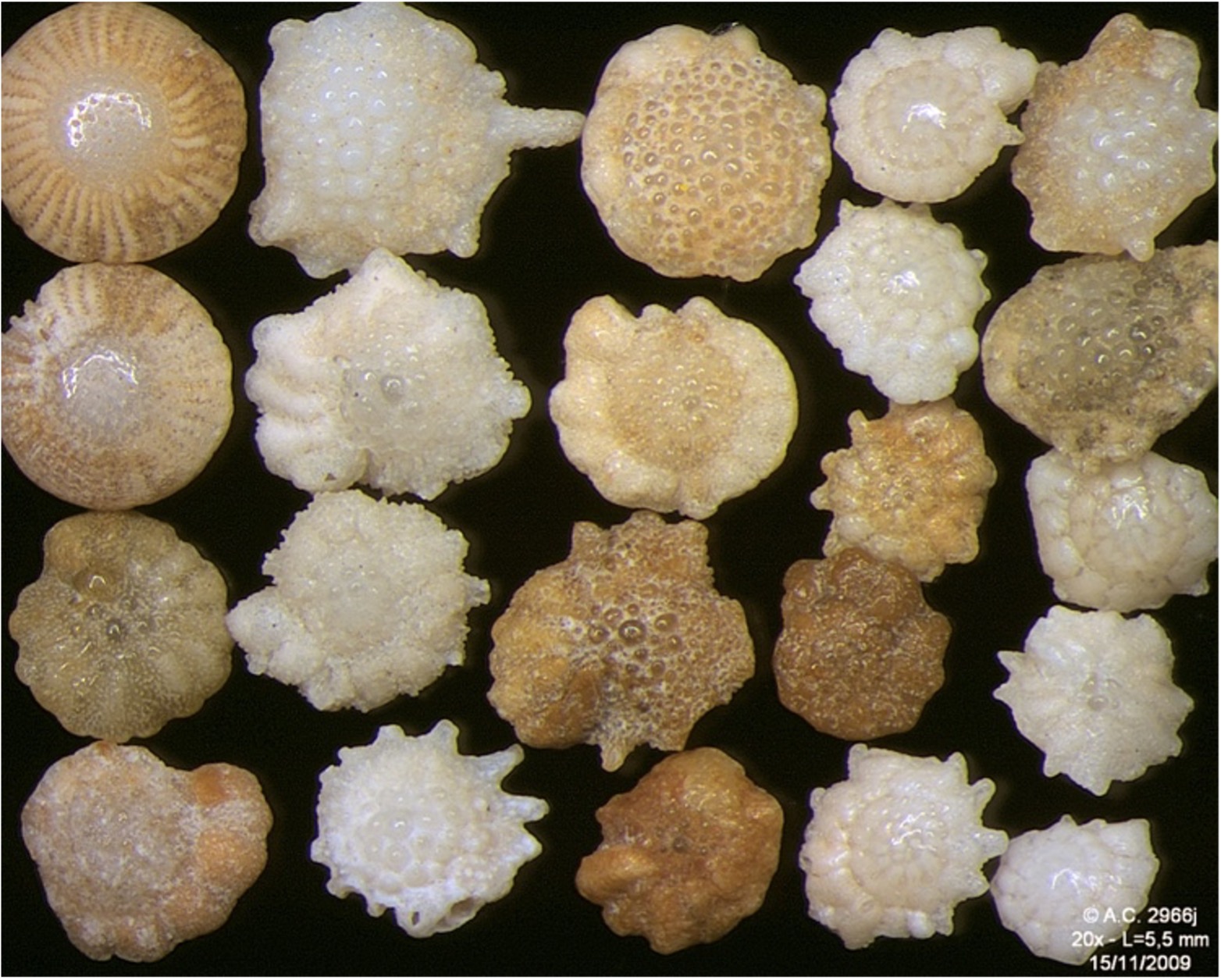
Attribution: By Alain COUETTE [CC BY-SA 3.0 (https://creativecommons.org/licenses/by-sa/3.0)], (Left) 3 June 2007 via Wikimedia Commons, (Right) 15 November 2009 via Wikimedia Commons.
After gaining a basic understanding of forams and UM’s research, students will conduct a problem-based investigation that uses scientific data to solve a real-world problem using math, English language arts, and science. For this activity, students will use scientific data from UM’s research to investigate which coral reefs are a priority for conservation. Students will learn how to process, analyze, and interpret data. They will then use critical thinking skills to draw conclusions from the data to determine which reefs are a priority for conservation. Students will present their findings to the class to try and persuade their classmates which coral reefs should be conserved first.
Once complete, the curriculum will be piloted with our partners at Black Girls Dive Foundation to see how effective this curriculum is with middle and high school students. Based on the feedback that we receive, we will revise the curriculum and incorporate it into our “Corals in the Classroom” professional development workshop for educators. Again, we will vet the curriculum with teachers and make additional changes before making it widely available to the public on our Education Portal.
We look forward to sharing more with you about this project. For more information about it, please visit Protist Prophets.
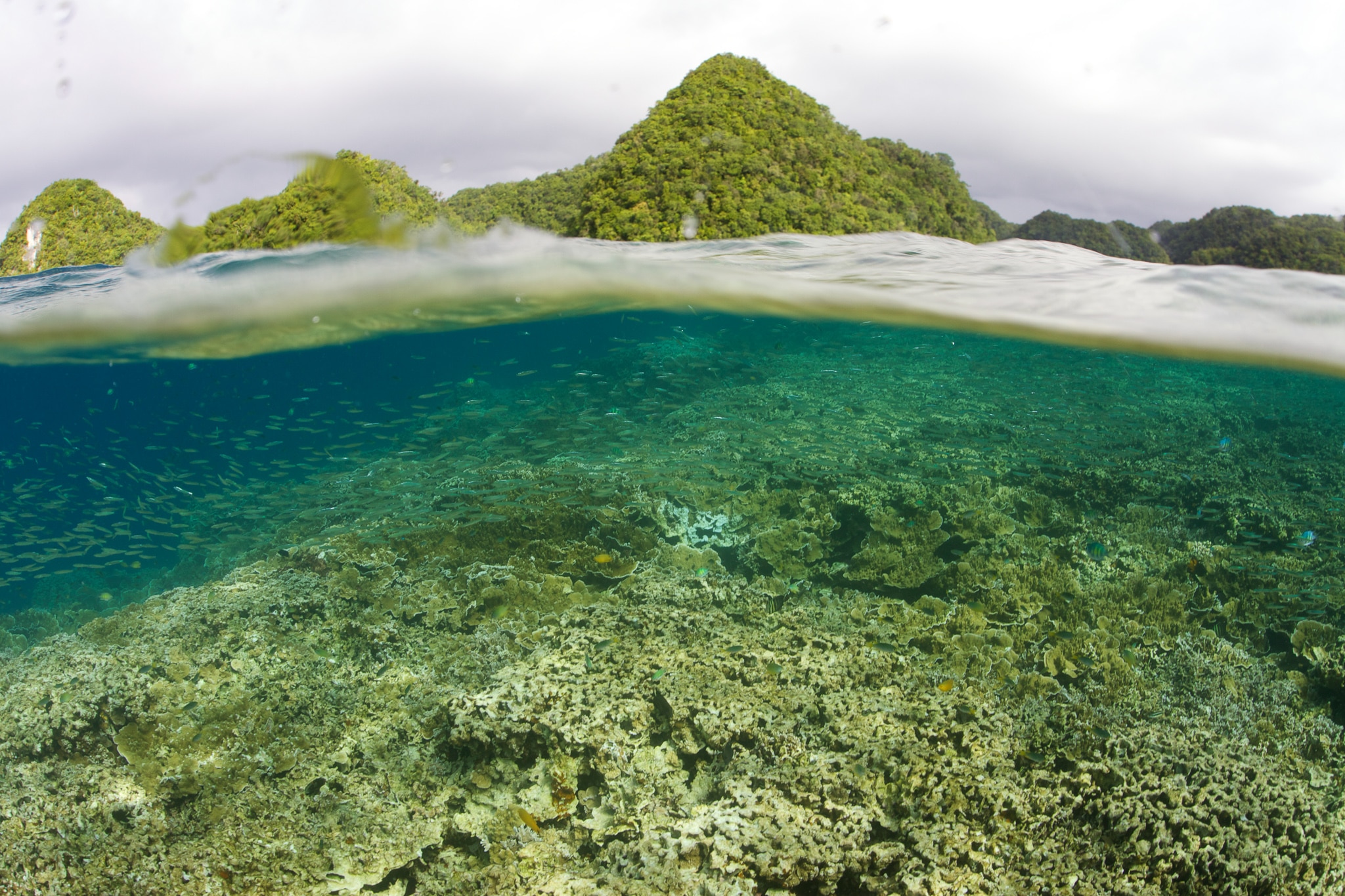
Protist Prophets
“Protist Prophets – Foraminifera as Global Bioindicators for Past and Present Coral Reef Health” is funded by National Science Foundation (NSF). It is taking a microscopic look at seabed samples collected on the Foundation’s Global Reef Expedition to assess the state of the coral reef environment over time.

